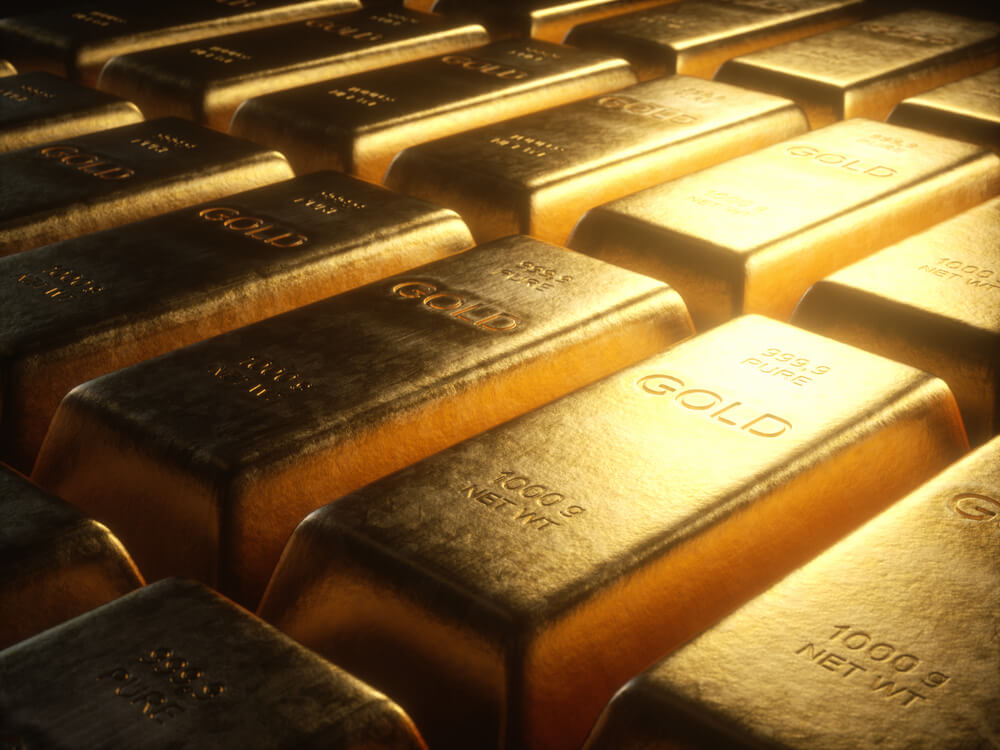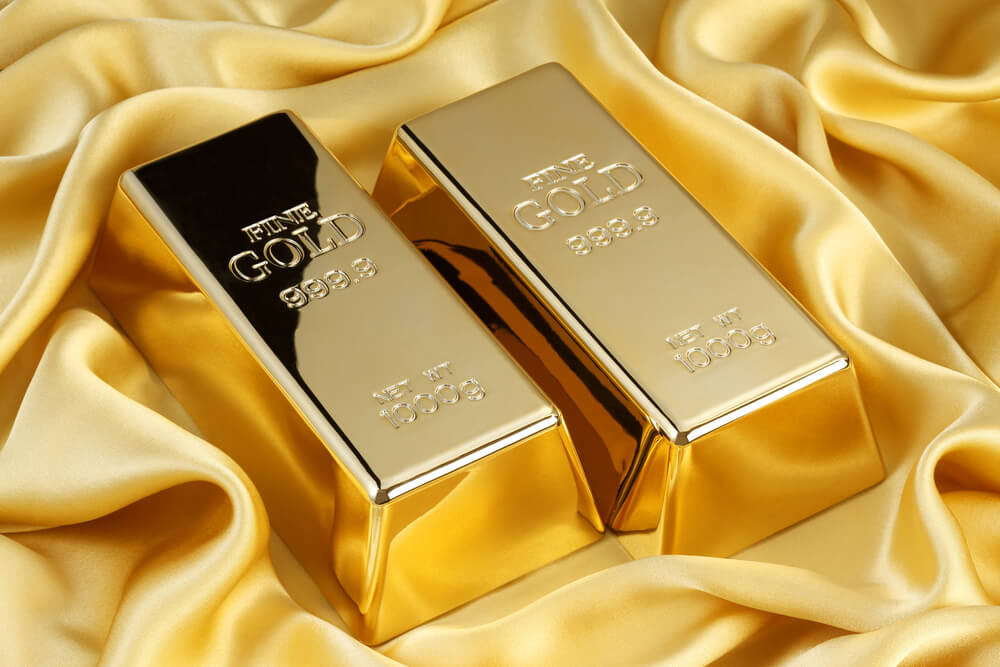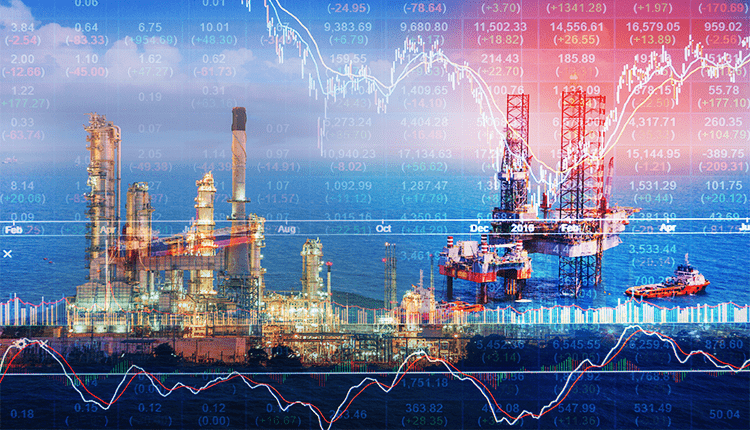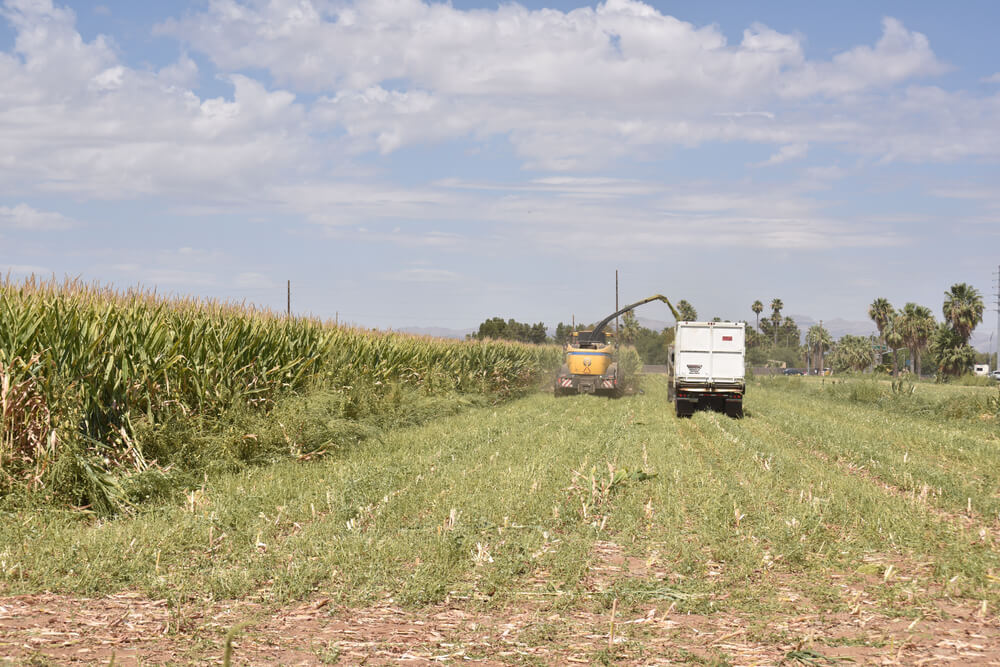Gold price fell as a convalescent plasma treatment believed to reduce the severity of COVID-19 symptoms drove stocks up. The US Health regulator finally authorized its use on Monday.
Consequently, a firmer dollar added weight to the markdown. The dollar revamp came just in time for the precious metal’s comeback, disrupting its momentum.
Spot gold instantaneously experienced a modest reversal from its previous 1% gain to $1,961 to a 0.5% stall to $1,929.
Gold futures settled at $1,939, recording a 0.4% increase.
Two US major stock indices, the S&P 500 and the Nasdaq, hit a record high after the FDA approved of the use of blood plasma for emergencies.
Nevertheless, the Federal Reserve’s scheduled release of the central bank’s Monetary Policy Framework Review due on Thursday gives investors hope.
The Fed’s Chair Jerome Powell is anticipated to favor pumping more cash into the bleeding US economy.
Should the Fed pump more stimulus money, this will result in a blow to the dollar, thus elevating gold prices back to their high spot.
Gold futures for December delivery currently are at $1,939.20, translating to a 0.4% fall. The highest for the day reached $1,970.30 while the low was at $1,932,50.
According to FactSheet, this by far is the lowest finish for the most-followed contract since July 27.
Similarly, silver’s price fell 0.9% to $26.43 an ounce. Its futures contract for September delivery followed the line, down by 12 cents to $26.60 an ounce.
Silver has recorded a 3% decline within just the week.
September prices for copper rose 0.3% to $2.93 per pound while platinum and palladium for future delivery both stalled 0.2% and 0.7% respectively.
The sluggish performance resulted in lower demand for precious metals, which were investor safe havens when fiat currencies failed to deliver to expectations.
Another Commodity is in Green Zone

Gold ended the session in the red.
Analysts note that, should the dollar break above the 94 index, the yellow metal will then be in serious trouble.
Adding to the commodity investors’ worry is the positive outlook for the initial phase of the Sino-American trade deal. This helps calm the already smoldering geopolitical tensions between the world’s two biggest economies.
Last month, experts warned that, should successive trade retaliation continue, the two opposing parties may sever their ties to a point of no return.
Meanwhile, China’s fast-recovering economic activity helped the iron ore hit its highest breakthrough since 2014, at $130 per dry metric ton last week.
The stimulus package given by the Chinese government focuses on infrastructure building and boosts the price of the commodity even in the middle of the pandemic.
In March, the metal experienced its lowest yield, priced at $80 per ton.
Steel production in China has proven resilient, and bulk commodities, in general, enjoy the momentum brought by infrastructure building in the growing Chinese economy.
The price surge is also supported by concerns over rising coronavirus cases of a significant supplier, Brazil.
Although iron ore prices experience unprecedented growth, investors need to be wise with their analysis, as this may last only in the short-term. Once a seasonal slowdown in construction activities starts, the price will go low, as history suggests.
















